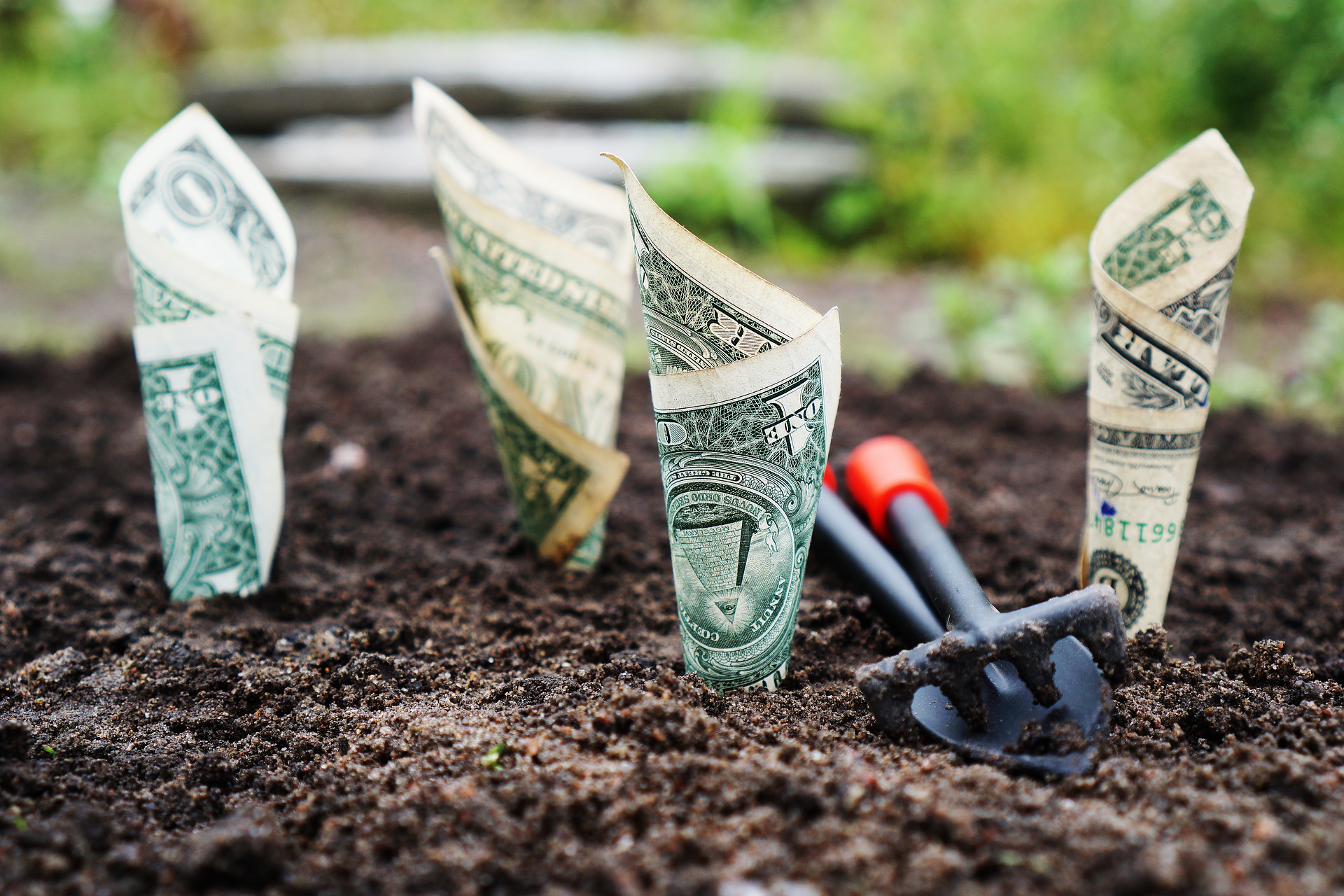Lambert here: What could go wrong. Although 3% a year through 2026 seems like rather a short time-frame. Readers?
By Tsvetana Paraskova, a writer for Oilprice.com with over a decade of experience writing for news outlets such as iNVEZZ and SeeNews. Originally published at OilPrice.com.
The nuclear energy industries in Russia and the West have remained interdependent after the Russian invasion of Ukraine, which partly explains Europe’s unwillingness to impose sanctions on Russia’s nuclear sector, the World Nuclear Industry Status Report showed on Thursday.
“Despite repeated calls—notably by the European Parliament—the nuclear sector remained exempt from sanctions—a clear indication of dependency on Russia in the field,” according to the annual industry report which assesses nuclear energy developments in the world.
The authors of the report found that interdependence between Russia and its Western partners remains significant.
For example, Russian state firm Rosatom is implementing all 13 nuclear power reactor construction sites started outside China over the past five years. As a result, Western providers of parts for the nuclear industry, such as France’s Arabelle turbines, do not have any foreign customers besides Rosatom, the report noted.
“The close mutual industrial and market interdependencies between the Russian nuclear industry and its Western counterparts at least partially explain European hesitations to impose sanctions on the nuclear sector,” the report reads.
The Russia-West interdependence remains as many allies of the U.S. and the EU—with the notable exception of Germany—have turned to nuclear to step up energy security and depend less on energy commodities since the Russian invasion of Ukraine.
Despite being an industry notoriously known for years of delays and huge cost overruns, a global nuclear power renaissance is underway.
The comeback of nuclear energy is expected to drive a record-high electricity generation from nuclear in 2025, the International Energy Agency (IEA) said early this year.
Even as some countries phase out nuclear power or retire plants early, global nuclear generation is expected to rise by nearly 3% per year on average through 2026, according to the IEA. The key growth drivers will be the completion of maintenance works in France, restart of some nuclear power plants in Japan, and new reactors coming online in China, India, South Korea, and Europe, among others.

